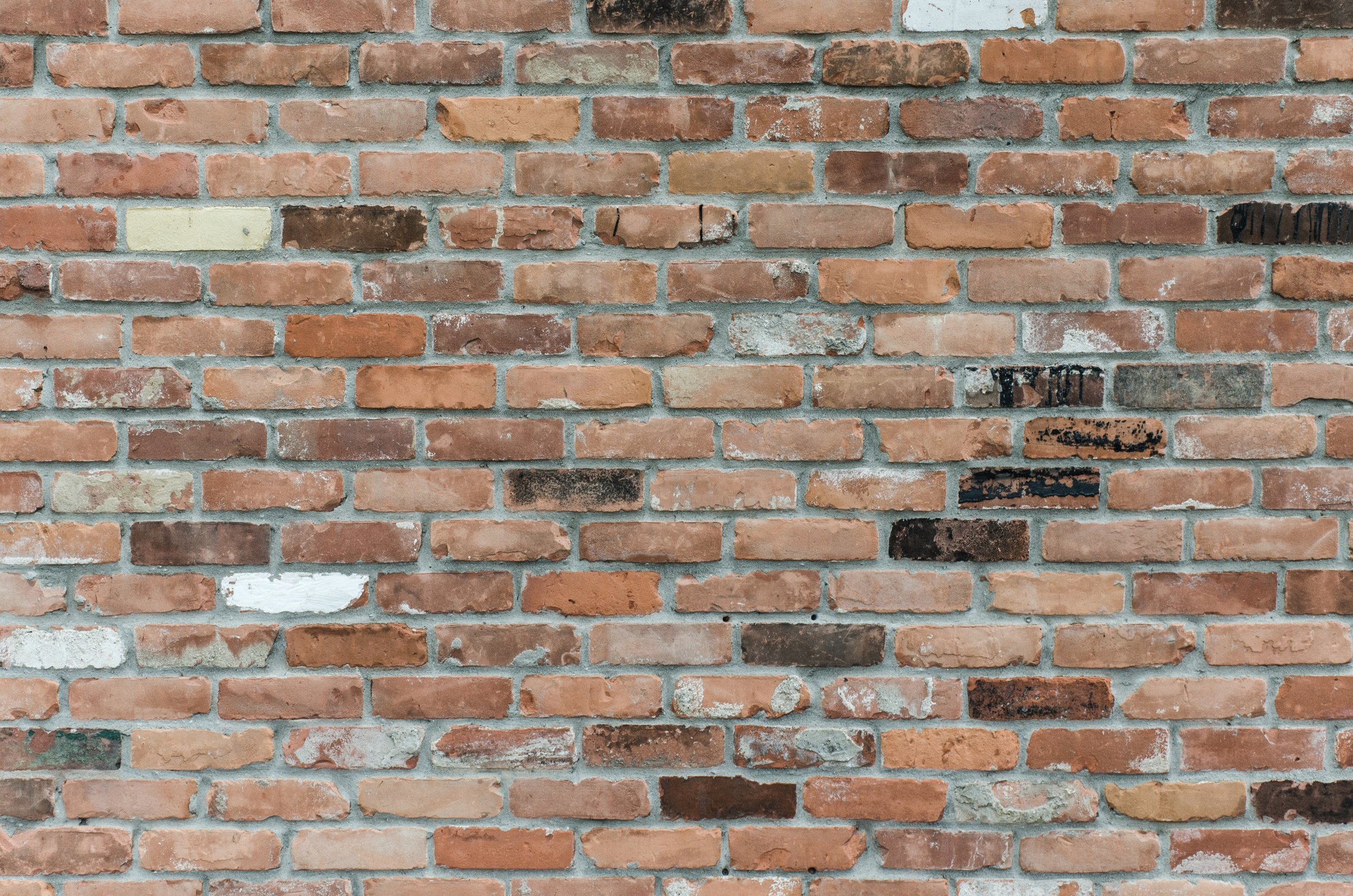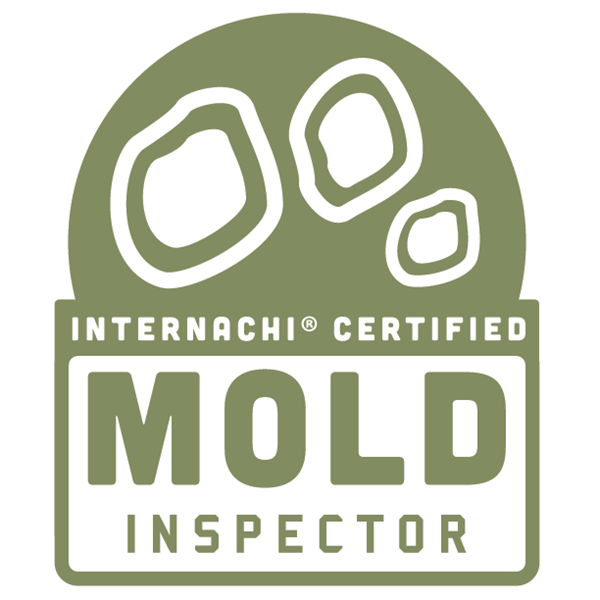Everything You Need to Know About This Essential Air Leakage Test
If you’re building, renovating, or inspecting a home, you’ve probably heard of blower door testing. But what exactly is it, and why is it so important? At Ink Inspections, we often receive questions about this critical test, so we’ve compiled this FAQ guide to address the most common concerns and misconceptions.
1. What is a Blower Door Test?
A blower door test is a diagnostic tool used to measure the airtightness of a home or building. It identifies where air leaks occur so they can be fixed, improving energy efficiency and comfort.
The test involves:
Placing a specialized fan (the blower door) in an exterior doorway.
Depressurizing or pressurizing the home to create a measurable difference between indoor and outdoor air pressure.
Using gauges to measure how much air leaks into or out of the house.
2. Why is Blower Door Testing Important?
Blower door testing serves multiple purposes:
Energy Efficiency: Identifies leaks that waste energy and drive up utility bills.
Comfort: Helps eliminate drafts and inconsistent room temperatures.
Code Compliance: Many building codes, including the IECC and Energy Star programs, require blower door testing to meet airtightness standards.
Indoor Air Quality: Reducing air leaks helps prevent pollutants and allergens from entering your home.
For new construction, blower door tests are often mandatory, ensuring the home meets modern energy efficiency requirements.
3. When Should a Blower Door Test Be Performed?
The best time for a blower door test depends on your goals:
New Construction: Perform the test during the final stages when the home is sealed, but before final finishes are complete.
Renovations: Schedule a test after major air-sealing work is completed to confirm its effectiveness.
Existing Homes: You can test any time to identify problem areas and improve efficiency.
4. How Does the Test Work?
Here’s a quick breakdown of how the test is performed:
A technician installs a blower door frame and fan in the main exterior door.
The volume of the home is calculated.
All windows, doors, and vents are closed.
The fan depressurizes the home, drawing air through leaks and cracks.
Special tools, like a manometer measure the total amount of leaks.
If the home passes the technician will normally place a sticker on the panel with the results and provide either a paper or emailed document with the results.
The results are measured in ACH50 (Air Changes Per Hour at 50 Pascals of pressure). This number reflects how much air leaks out of the home under testing conditions.
5. What is a Passing Score for a Blower Door Test?
A “passing score” depends on local building codes and energy programs. For example:
The IECC 2021 code typically requires 3 ACH50 for most climate zones. However, in Michigan, the current code requires all new homes to be at or below 4 ACH50, though this is expected to change to 3 ACH50 with the next code update.
Energy Star and other energy efficiency programs may have stricter thresholds.
A lower ACH50 score means the home is more airtight. If your home fails, additional air-sealing work will be needed.
6. What Happens if My Home Fails the Test?
Depending on the agreed upon services, the technician may or may not be required to identify these issues (e.g., around windows, doors, attic access points, or electrical penetrations).
Temporarily taping or using plastic to cover leaks is not allowed to get the home to pass.
Additional air-sealing work is performed.
The home is retested to ensure it meets required standards; however, in most cases, retests are not included in the original fee.
Depending on the agreed upon services, the technician may or may not be required to identify these issues (e.g., around windows, doors, attic access points, or electrical penetrations).
Additional air-sealing work is performed.
The home is retested to ensure it meets required standards; however, in most cases, retests are not included in the original fee.
7. How Can I Prepare for a Blower Door Test?
To get the most accurate results, here’s how to prepare:
Close all windows and exterior doors.
Turn off HVAC systems, exhaust fans, and any combustion appliances.
Seal openings, like the attic hatch or crawlspace doors.
Notify all tradespeople working on-site to prevent unintentional airflow and inform them that access to the home will be limited during the testing.
8. Can I be in the home During the Test?
Yes, blower door testing is completely safe. The fan creates a small pressure difference (50 Pascals), which is not strong enough to harm people, pets, or the home itself. The process is quick, non-invasive, and provides invaluable information. During the testing you will not be able to enter or exit the home but you are more than welcome to be inside (or outside) during the testing.
9. How Long Does the Test Take?
A typical blower door test usually takes about 30 minutes to an hour on site to calculate the volume, get set up and perform the test. The blower door is usually only running for about 5-10 minutes of that. The test may take longer if it is not passing and the technician has time to try and diagnose the home for air leakage issues and locations.
10. How Much Does a Blower Door Test Cost?
Costs vary based on location, home size, and testing requirements. On average, a blower door test for a residential property can range from $200 to $600.
Final Thoughts
Blower door testing is an essential tool for ensuring homes are energy-efficient, comfortable, and compliant with modern codes. While it may seem intimidating, understanding the process and preparing ahead of time can make it smooth and stress-free.
If you need a blower door test for new construction, Ink Inspections is here to help. Contact us today to schedule your test and take the next step toward a more efficient home!

















